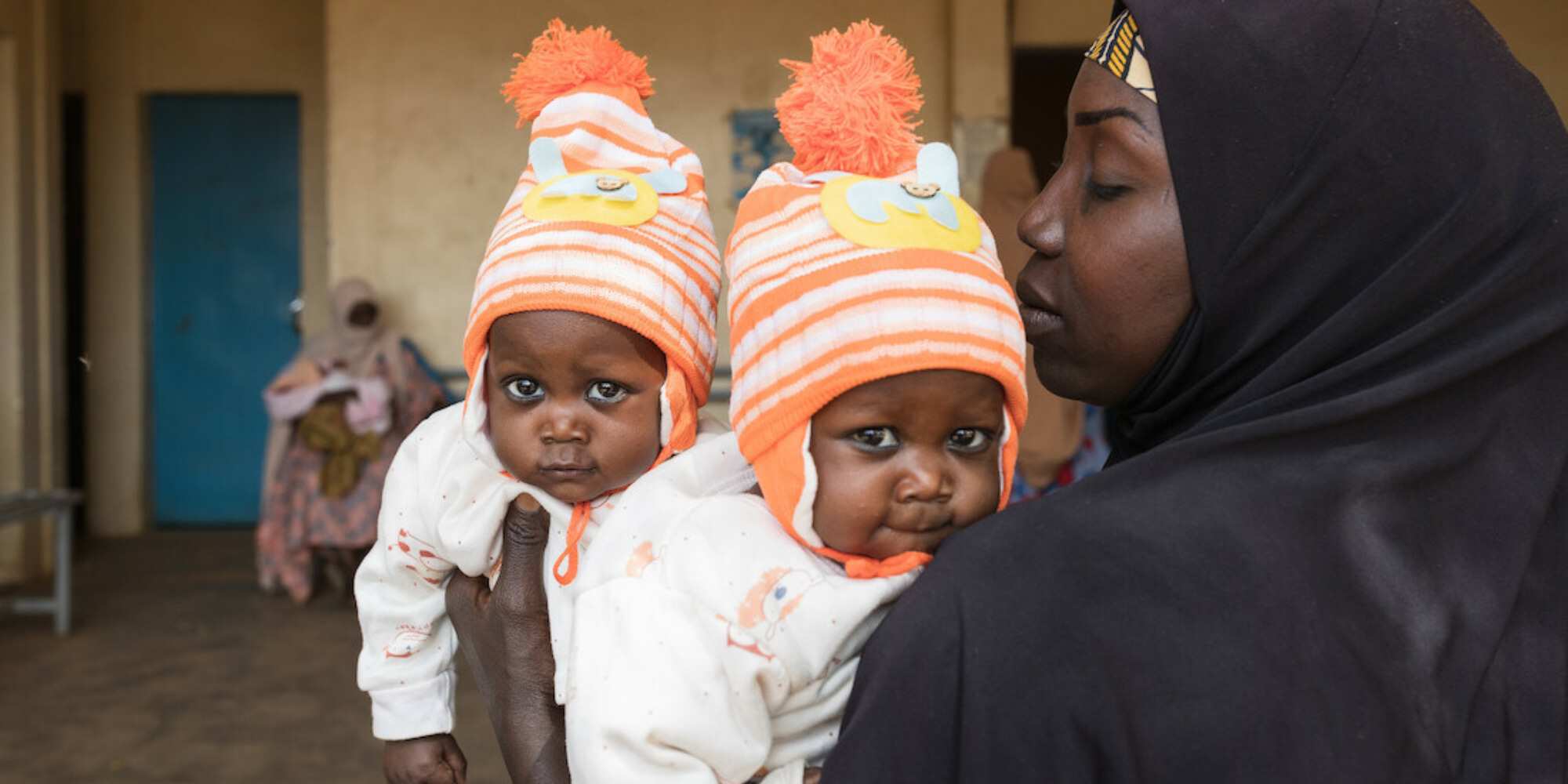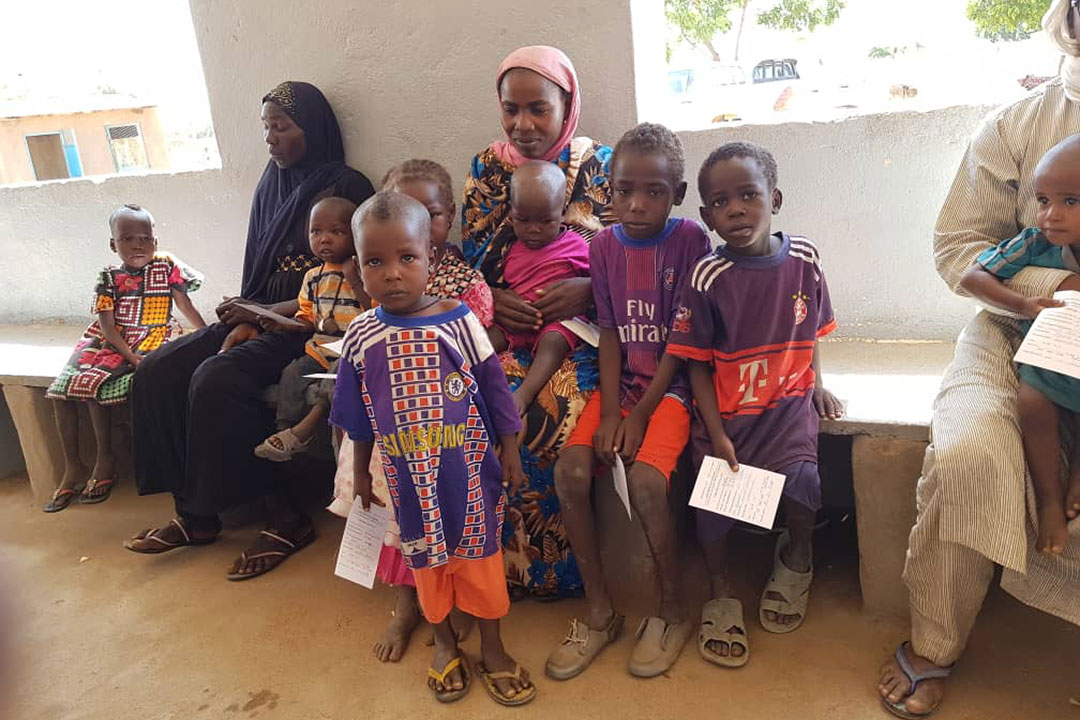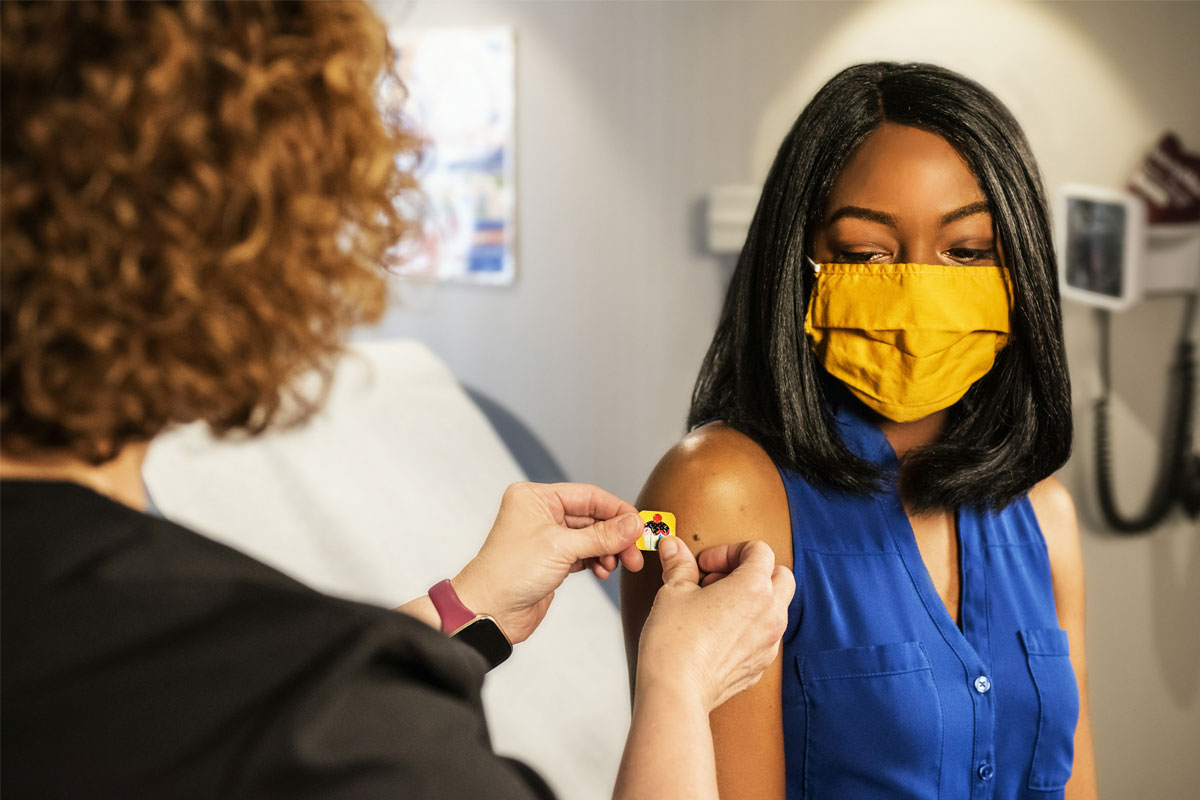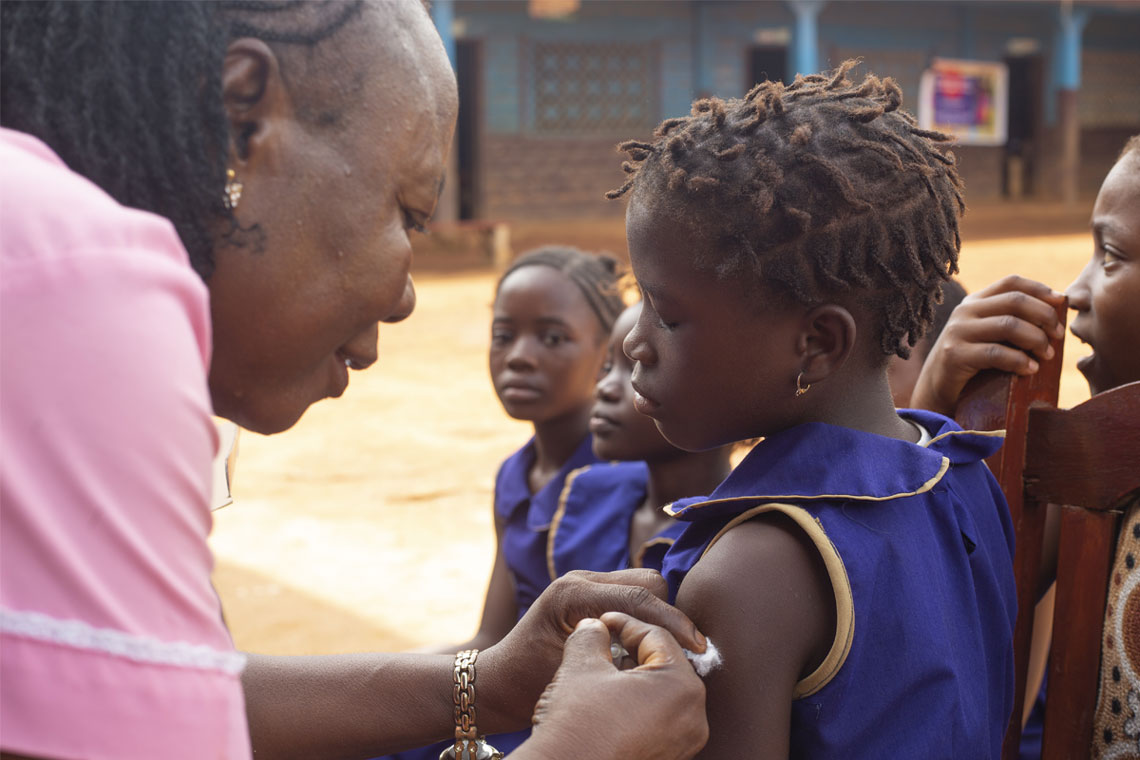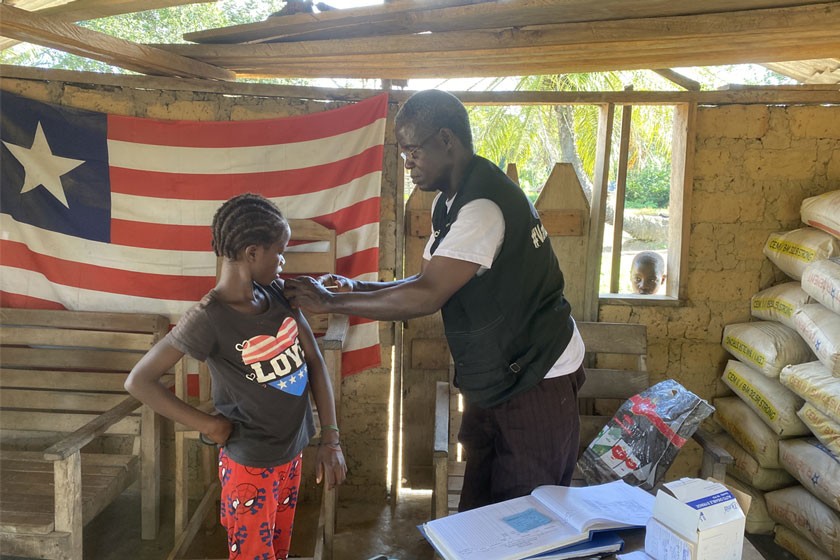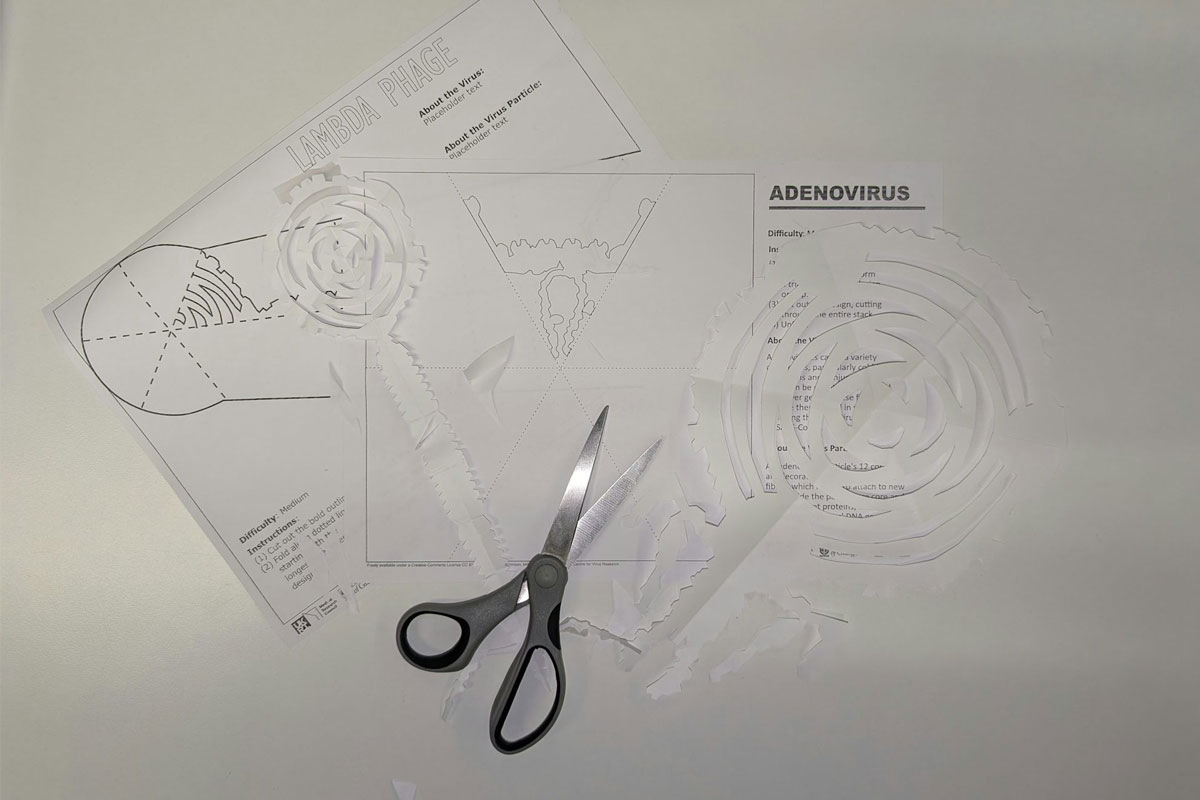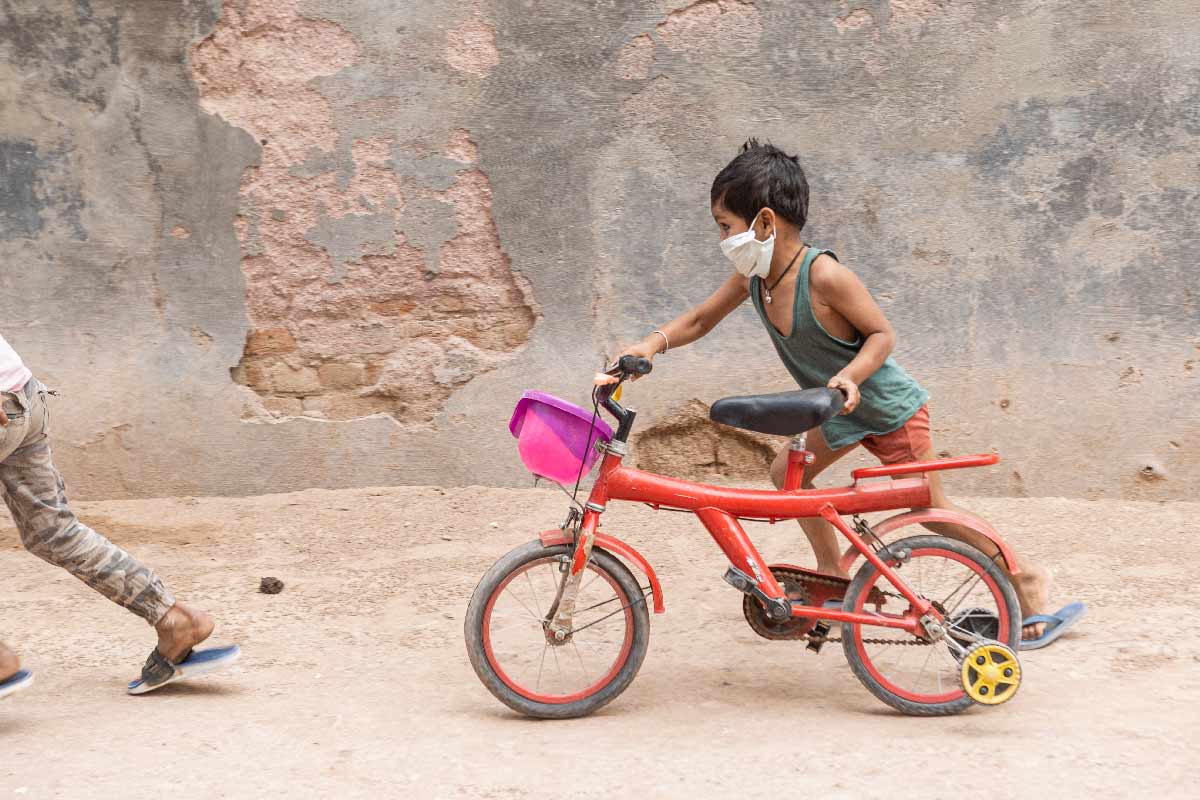Haiti’s commitment to vaccination: holding the line in a time of crisis
Despite insecurity and institutional crisis, Haiti continues to devote funds to immunisation – a political commitment sustained through close coordination with its partners.
- 22 May 2025
- 6 min read
- by Assa Samaké-Roman
In a country troubled by long-term instability, where armed violence has paralysed state institutions and access to healthcare is often disrupted, the very idea of a sustained vaccination programme can seem implausible. And yet, every year, Haiti meets its Gavi co-financing obligations, covering its share of routine childhood vaccine purchases.
This is not a miracle – it is a political decision, upheld by a weakened but committed state, and made possible by a carefully negotiated balance with the country’s technical and financial partners.
A political decision, taken again and again
“Vaccine financing is an exception in the Haitian landscape. It’s almost a miracle every year. Even when I follow the entire process from start to finish, I still wonder how it ends up going through,” says Ludovic Queuille, Health Specialist for the World Bank in Haiti.
In fact, it’s the result of a complex mechanism. Each year, the funding request must pass through several units: the Expanded Programme on Immunization (DPEV), the Planning and Study Unit (UEP), and the Directorate of Administration and Budget (DAB), before reaching the Ministry of Economy and Finance.
This tightly controlled process depends as much on people as on procedures. “There are key individuals involved in this path – it’s more administrative than technical,” Queuille notes. Often behind the scenes and in post for years, these internal actors ensure continuity and find ways to unblock files when everything else seems stalled.
The architecture that makes the system work
“The vaccination programme is, in many ways, a faithful reflection of the health system as a whole,” says Queuille. “Funding comes almost entirely from international partners, with Gavi as the main source of support.”
In terms of implementation, multiple institutions – the DPEV, the Pan American Health Organization/World Health Organization (PAHO/WHO), UNICEF, and global nonprofit JSI – operate in a coordinated way, each contributing according to their technical expertise. “In practice, it’s often PAHO or UNICEF that facilitates meetings, prepares documentation, or provides technical follow-up at the departmental level,” Queuille explains.
This well-established collective structure allows the Ministry of Health to focus on its strategic responsibilities: programme planning, setting direction, and maintaining financial commitments for vaccine procurement. This clear division of roles, based on a nuanced understanding of each actor’s constraints, is key to the programme’s resilience.
Charles Dago, Immunisation Advisor at PAHO, emphasises the importance of the structural support provided by partners. “In certain areas of the vaccination programme, the Haitian context requires us to maintain a strong presence on the ground to strengthen existing capacity,” he says.
PAHO, for example, has established decentralised technical assistance by recruiting experienced Haitian nurses, who are deployed across departments to support ministry teams. This support also extends to logistics: “We assist the country in planning its vaccine requests and in facilitating international procurement through the Revolving Fund,” he explains.
Working in coordination with UNICEF – which maintains the cold chain and ensures delivery of vaccines to health facilities – PAHO also helps organise quarterly distribution from the central level to the departments. Other partners, including the World Bank, the CDC and USAID, contribute additional support. “It’s this collective balance that enables the Ministry to continue meeting its vaccine procurement commitments,” concludes Charles Dago.
Delivering vaccines in a fragmented country: logistics under strain
In several parts of the country – notably the metropolitan area of Port-au-Prince and the lower Artibonite region – health facilities operate intermittently, sometimes shutting down entirely for days or even weeks. “The situation is fluid, it’s constantly shifting,” says PAHO’s Dago. “Some days, providers can go to work. Other days, when gangs are active, no one can move.”
To maintain access to vaccination under these conditions, partners have had to adapt constantly. “Supervision that was meant to happen by road sometimes has to be done by air,” he continues. “At times, we’ve had to rely on commercial airlines, which significantly increases costs.”
Other alternatives have also been used: private transporters with means to access northern departments, or even river routes to reach the south, where road travel has become impossible. “We package the vaccines in ways that preserve the cold chain, even on these unconventional journeys,” Dago explains.
These solutions carry a high logistical cost, but they ensure a minimum level of continuity in areas where access is often unpredictable.
Persistent demand, against all odds
On top of logistical challenges, there is another often-overlooked reality: demand for vaccination remains strong. Despite displacement, service disruptions, and instability, families continue to bring their children for vaccination. “As soon as there’s a lull in the violence, parents send their children to get vaccinated,” says Dago.
Have you read?
Even in areas temporarily emptied of their population or in displacement camps, demand persists. “Parents flee, often without even taking their child’s vaccination card. Their priority is to seek safety. But as soon as it’s possible, the demand for services resurfaces.”
Anti-vaccine rumours or occasional incidents of vaccine-hesitancy may arise – particularly during mass vaccination campaigns – but they remain limited. “We see this kind of reluctance mostly during catch-up campaigns, but it’s marginal,” he explains.
In a context where routine vaccination is severely disrupted, these campaigns are vital. They help reach under- or unvaccinated children, often concentrated in the hardest-to-reach areas. “They don’t replace routine immunisation, but they help ensure that services remain available to the population.”
Practical vaccine sovereignty, built on cooperation
Haiti’s case defies standard categories. It is neither a traditional model of vaccine autonomy nor a system of full dependency. In the context of a prolonged crisis, the continuity of vaccine co-financing rests on a clear political commitment from the state – and on close coordination with technical and financial partners.
“The programme is managed collectively, in a dynamic where partners take over certain components without replacing the state,” explains Queuille. This complementarity helps sustain a structured public policy, even under extreme conditions.
This hybrid, clear-eyed, and context-adapted model reflects a form of institutional resilience – one that makes it possible, even in fragile settings, to hold the line over time.

